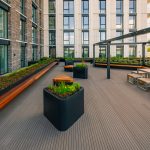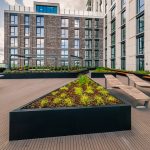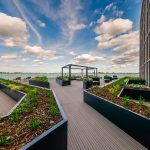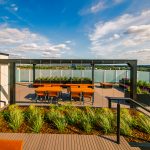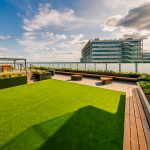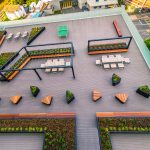The Stretford Project
Growing Above: Sky Garden Brings Green Life to Miller Homes’ Hatysa Development
As cities like Manchester evolve through bold urban regeneration, one standout project is making headlines not just for its architectural footprint, but for the green oasis it offers in the sky. The Hatysa development, part of Miller Homes’ ambitious Novus scheme in Stretford, sits on the historic site of the former Itron gas meter factory—now reimagined into a vibrant residential hub. This is regeneration with purpose, breathing new life into a well-established neighbourhood and aligning with broader goals of sustainable, community-focused development.
At the heart of this transformation is a standout feature: a communal rooftop sky garden, a lush, elevated landscape above the residents’ car park that fuses aesthetics, amenity, and environmental function. Designed by TPM Landscape and planted by Beech Landscapes, this carefully curated space adds not just visual appeal, but a sense of belonging and wellbeing to the entire development.
Europlanters is proud to have played a key role in bringing this vision to life. The scope was extensive: 120 custom GRP trough planters, 12 pergolas, 8 circular benches, 4 feature planters, 6 iroko timber-clad GRP planters for a resident kitchen garden, and an eye-catching central Eyam planter, finished in the striking Corten1 effect. Each element was designed and manufactured at Europlanters’ facility and finished in RAL 7031 matt, a colour chosen to harmonise with the architectural tones of the building.
But this is no ordinary rooftop. The Hatysa sky garden offers a multifunctional environment—a place to gather, relax, grow food, or simply connect with nature. Residents can enjoy spaces for eating, socialising, and gardening, while children and adults alike benefit from the central “roundabout” of circular benches. At the core of it all, the impressive Eyam planter acts as a green focal point, anchoring the space both visually and socially.
Among the garden’s many highlights are the six large iroko-clad planters designated as kitchen gardens—encouraging residents to engage with their environment by growing fruits, herbs, and vegetables. It’s a nod to the self-sufficiency trend in urban living and a subtle education in the benefits of sustainable, communal food production.
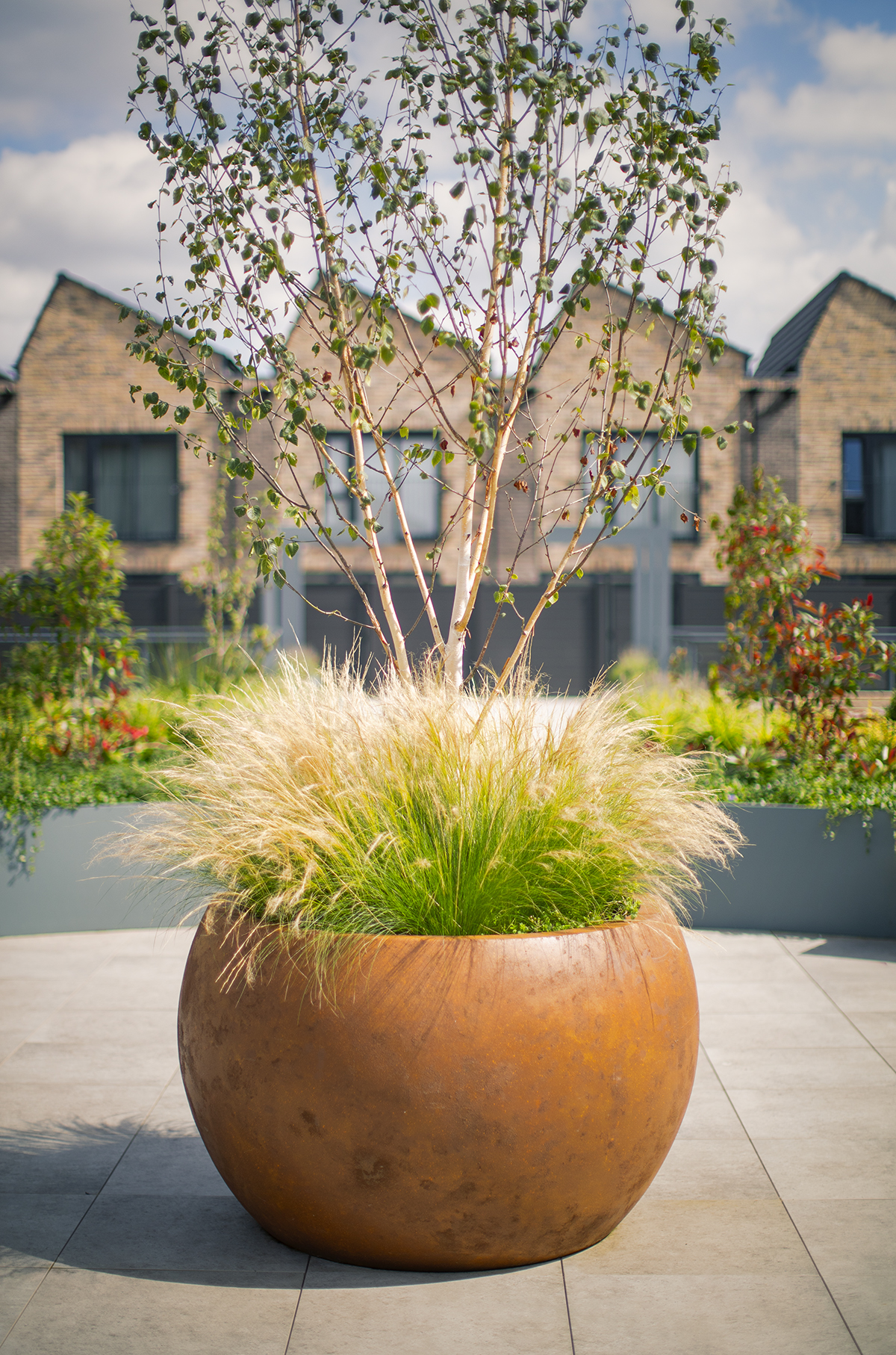
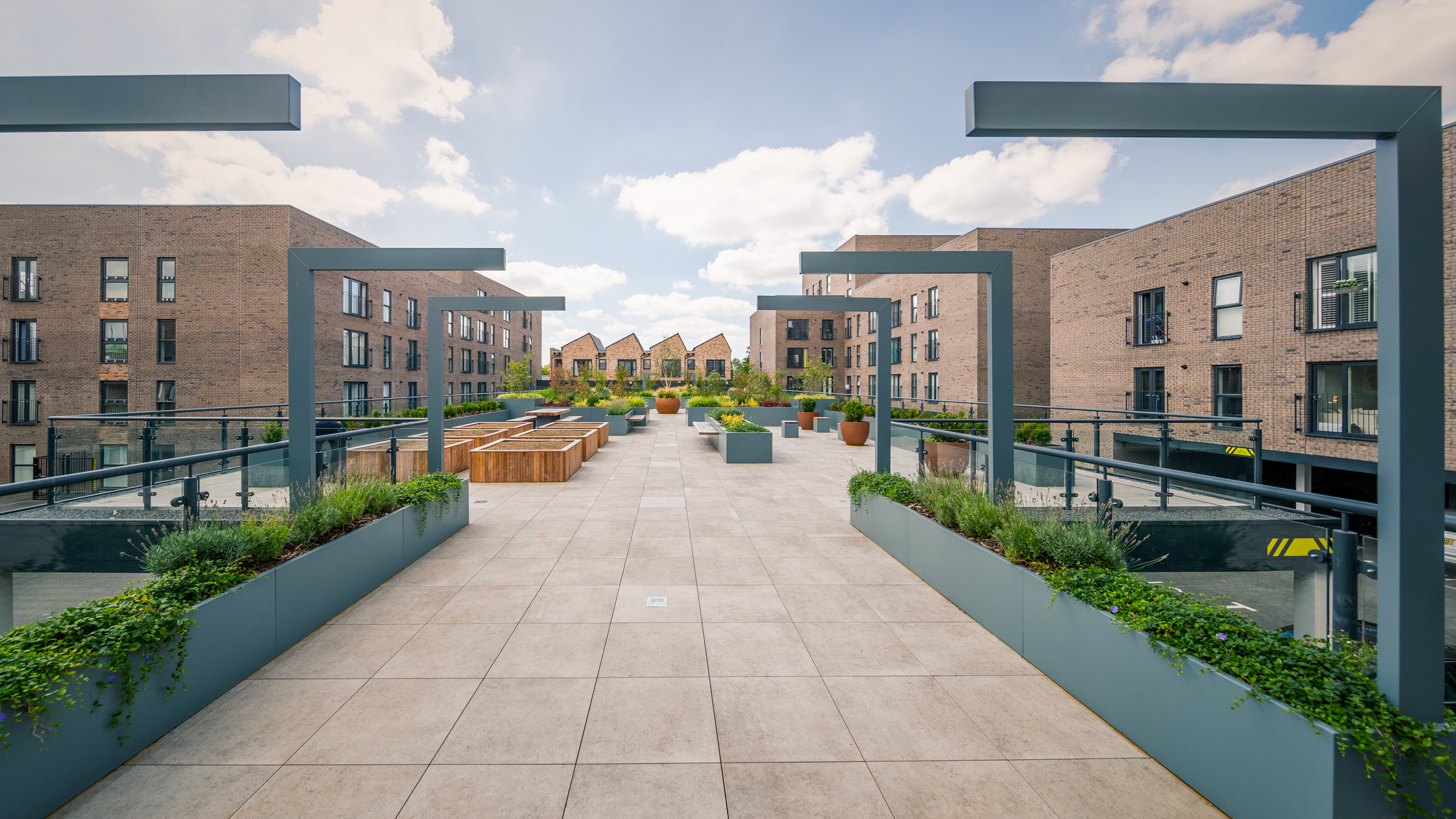
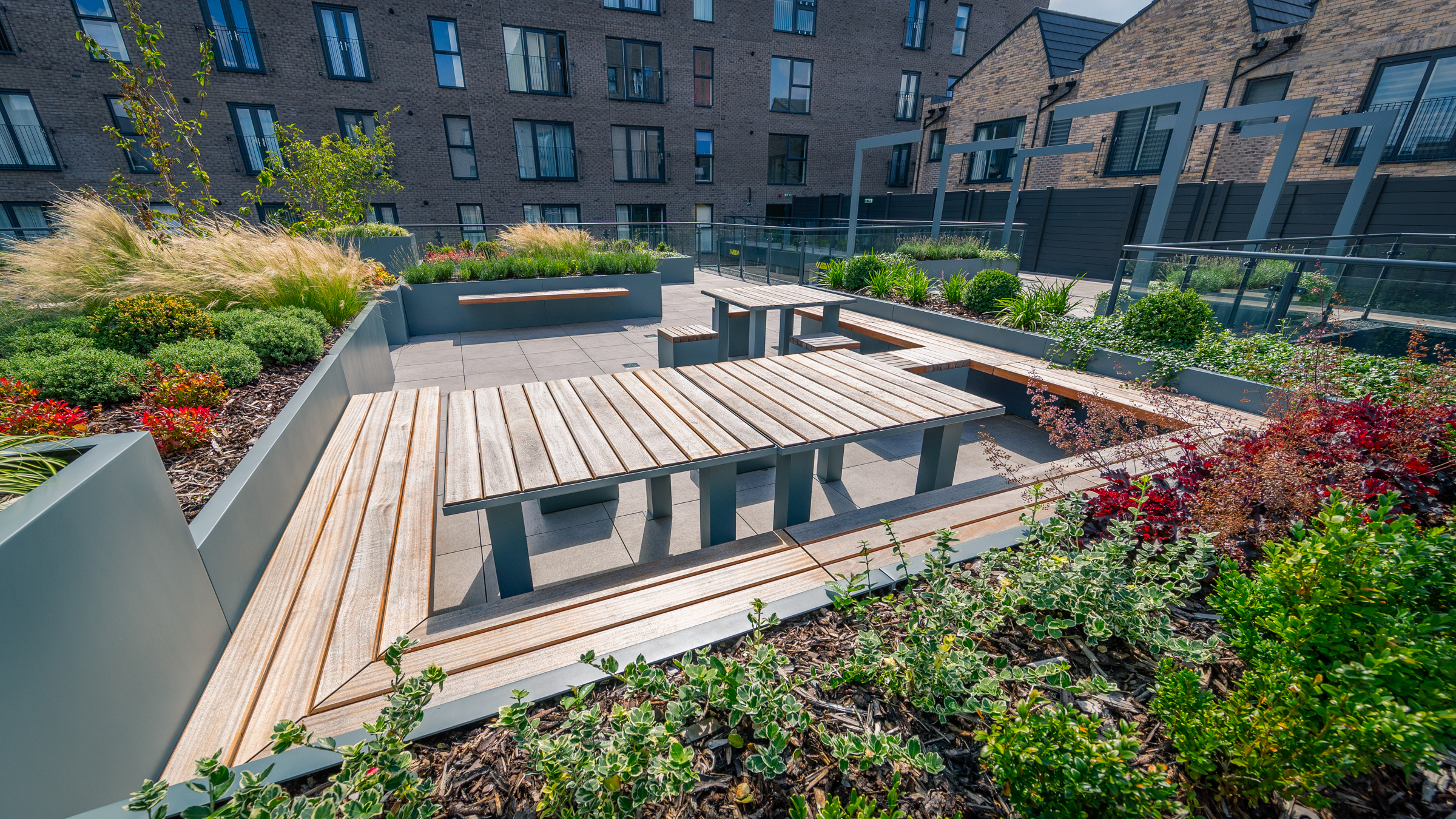
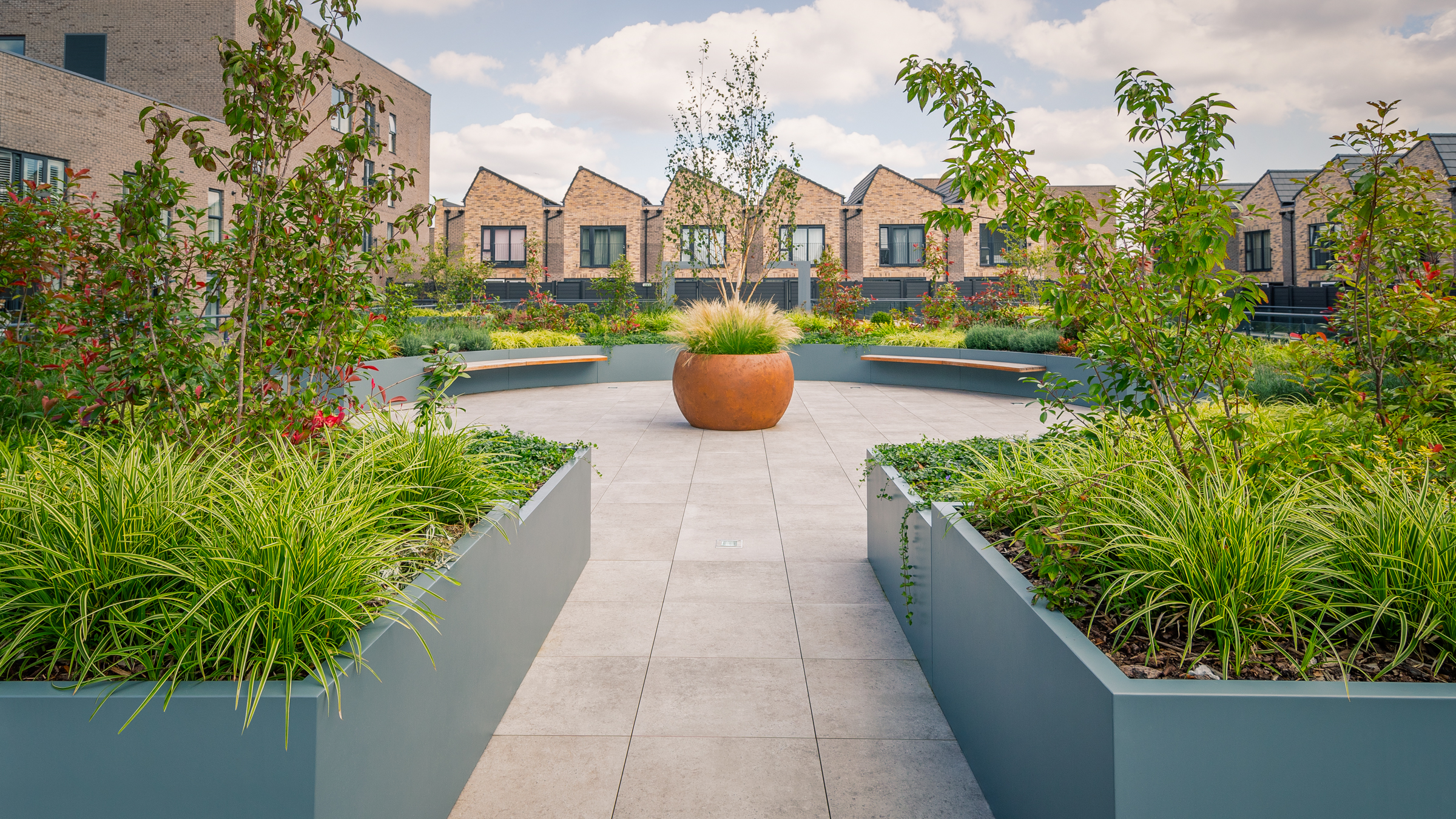
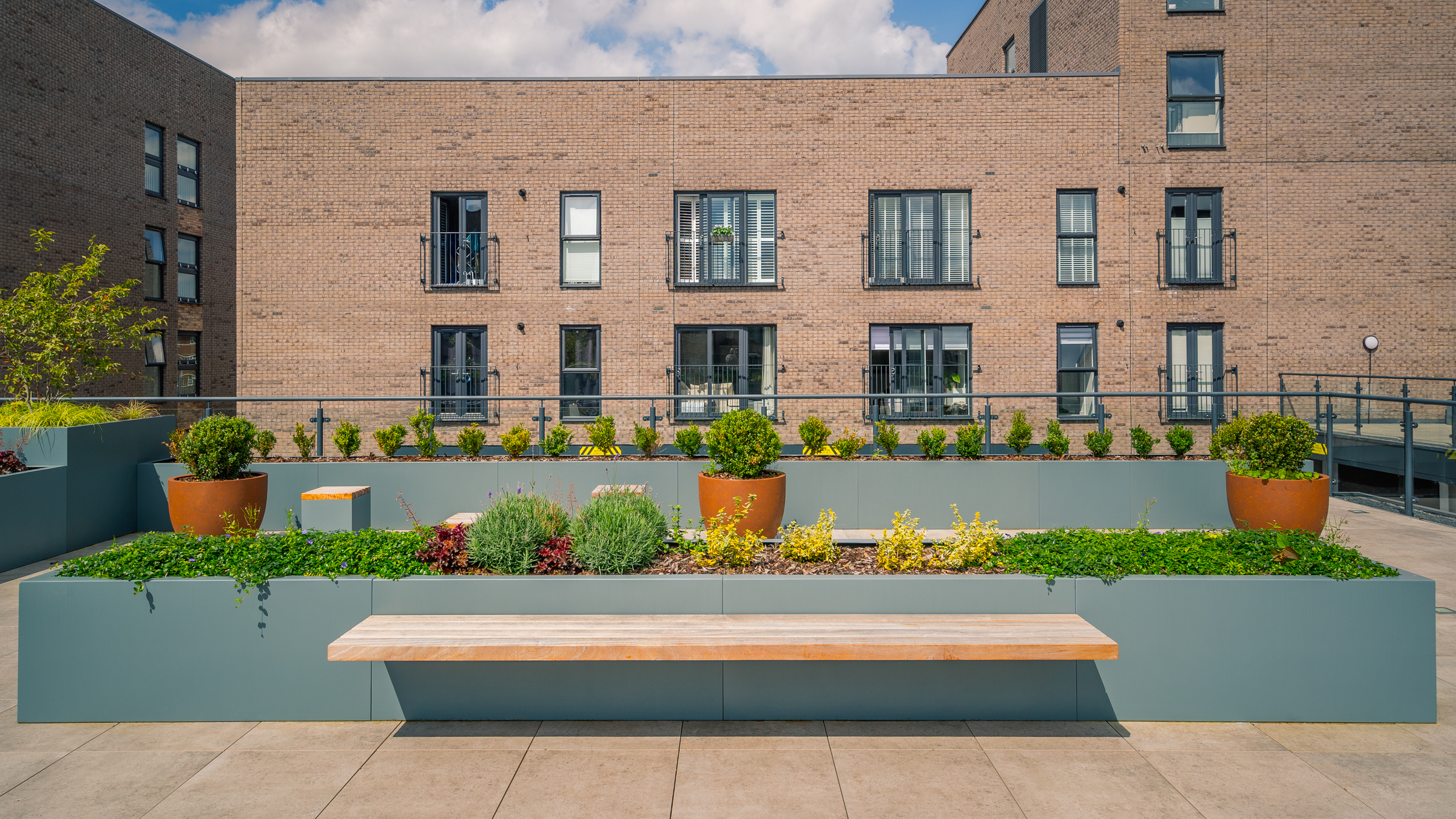
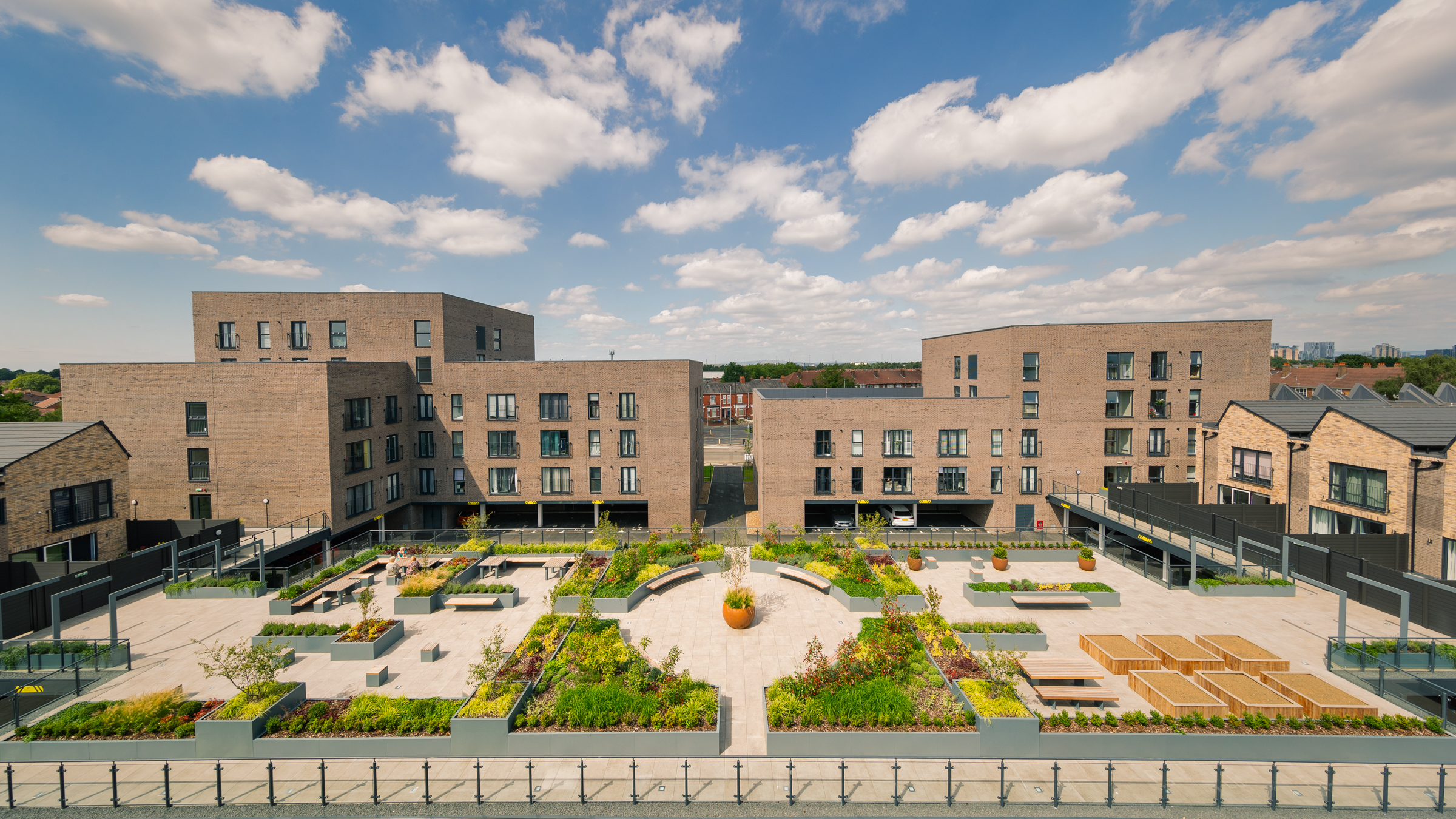
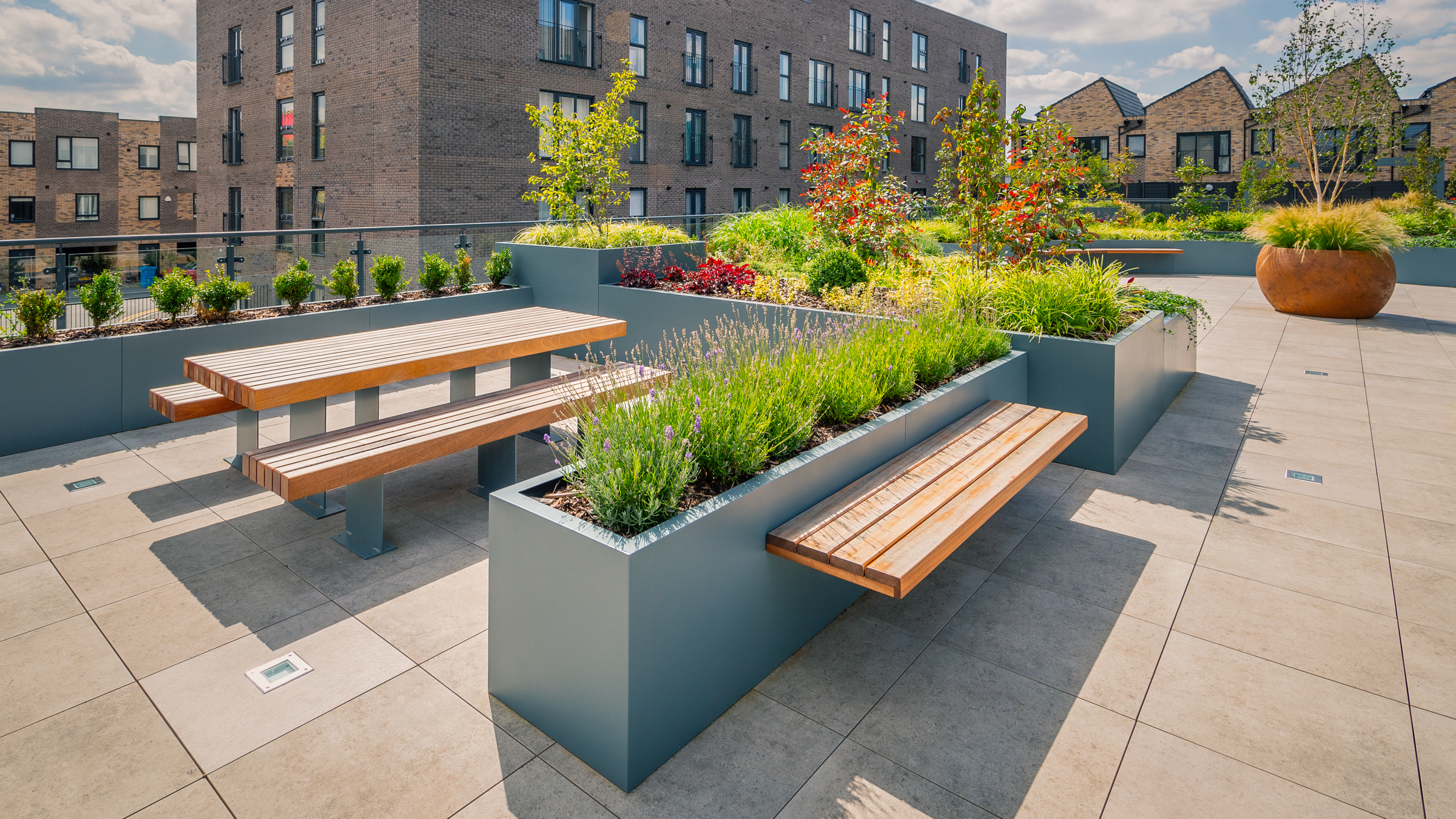
The environmental impact is just as significant. Green rooftops like this one improve biodiversity by attracting pollinators and birds, reduce urban heat island effects, and help filter air pollutants—a fact championed by the UK Green Building Council, which advocates for all new developments to incorporate nature-based solutions by 2030. The Hatysa development proves that this vision is not only achievable but also adds tangible value for developers, residents, and the wider community.
For architects and landscape professionals, the Hatysa project serves as a compelling case study in the power of design-led greening strategies. It shows how communal spaces, carefully executed, can drive social interaction, improve mental wellbeing, and positively impact local ecosystems—all while adding aesthetic and commercial value to a development.
As cities continue to grow upwards, the integration of sky gardens like this one isn’t just a trend—it’s a necessary evolution. With the right partners, like Europlanters, these spaces can flourish as models of design, sustainability, and urban renewal.
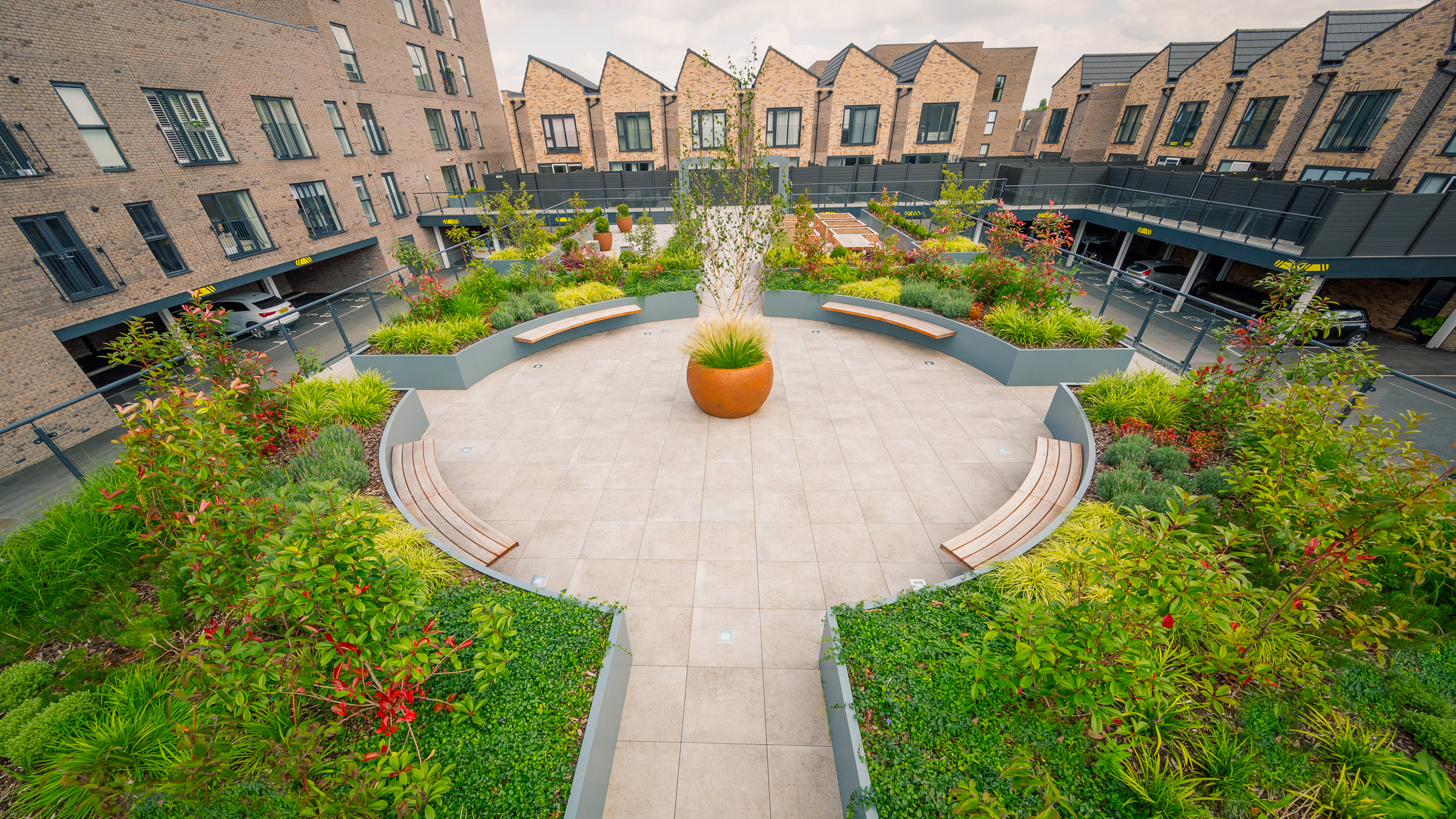
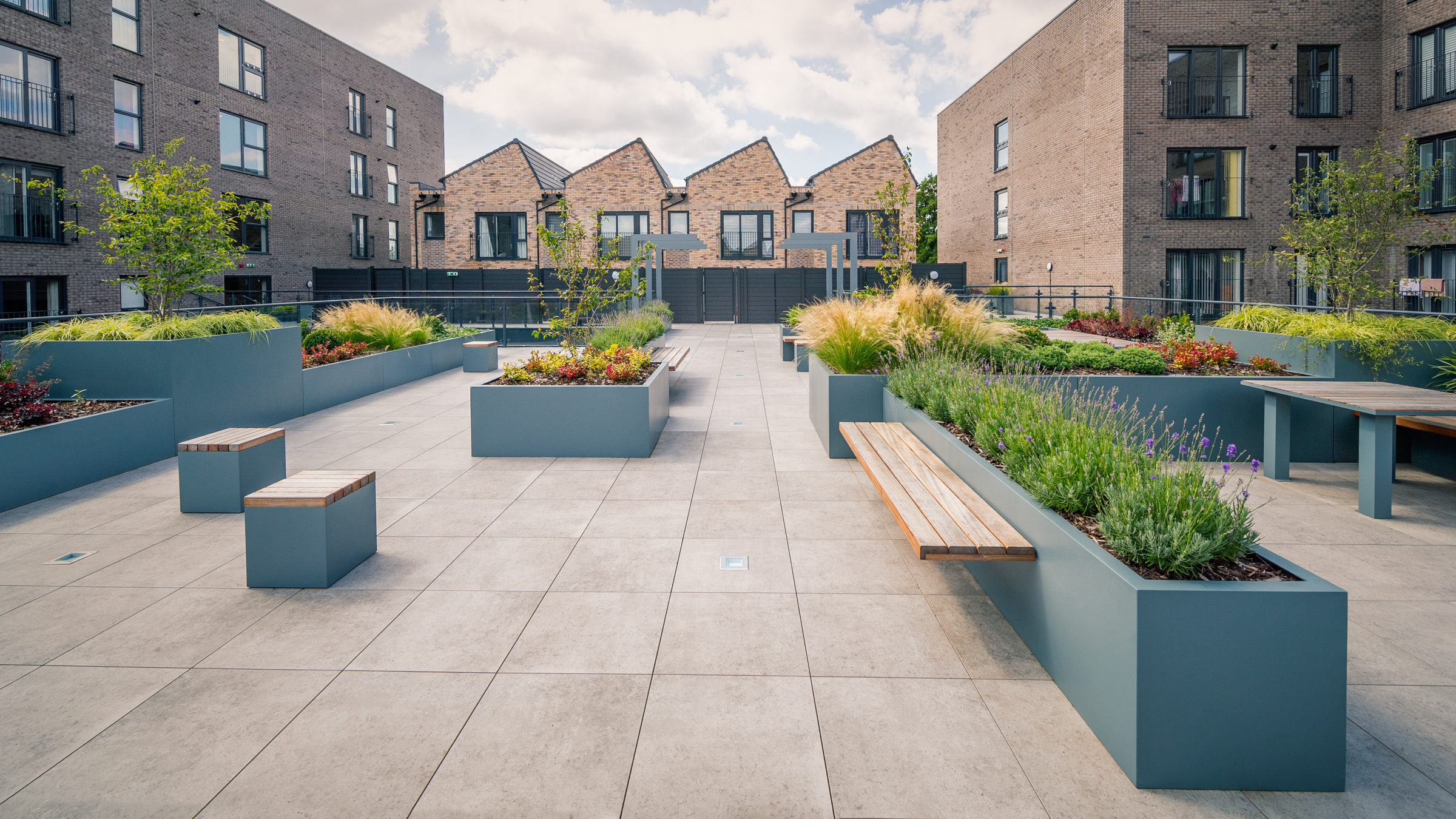
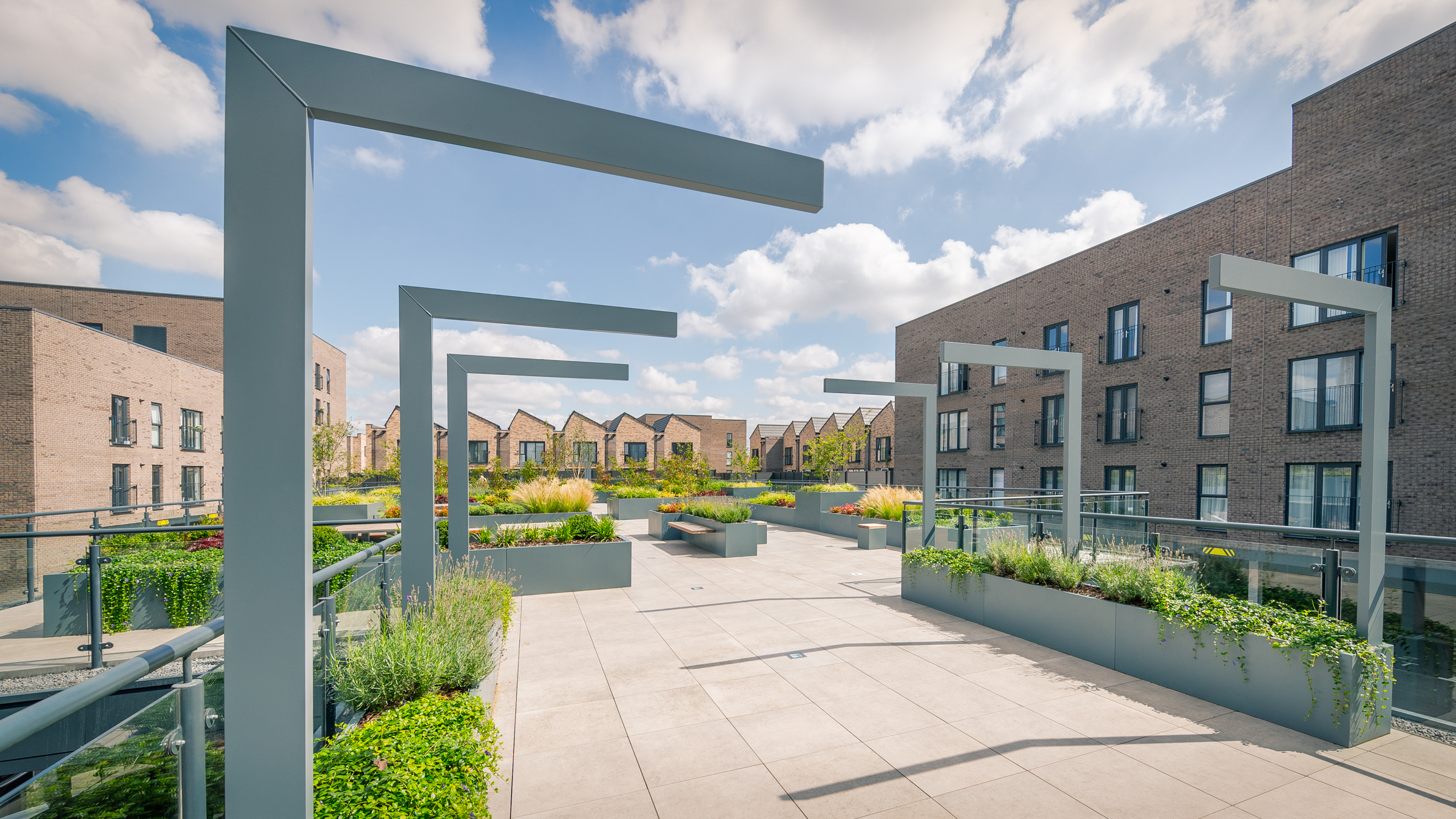
share us on…

